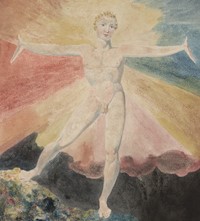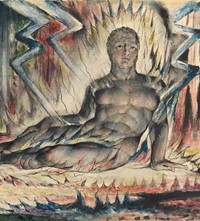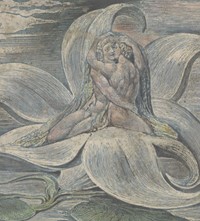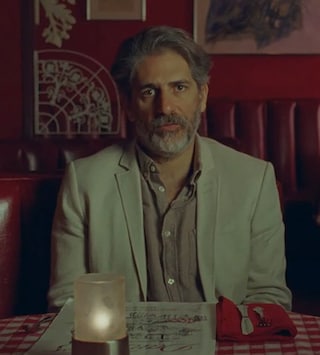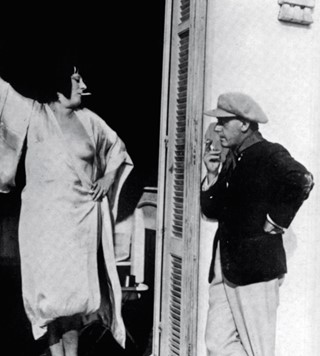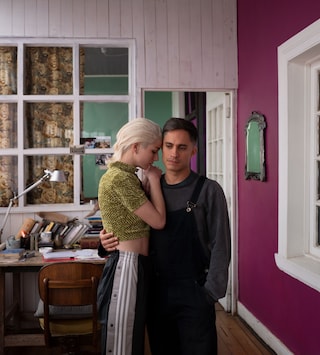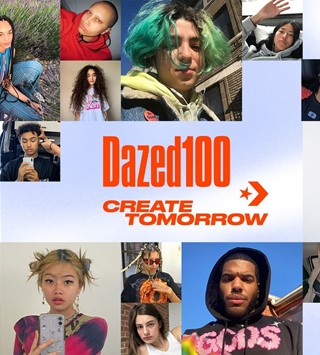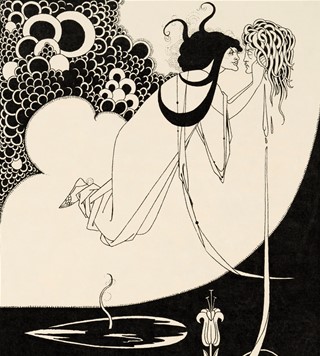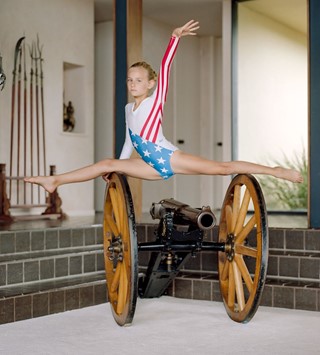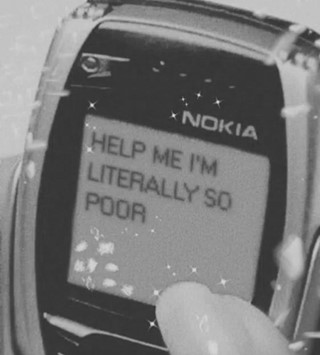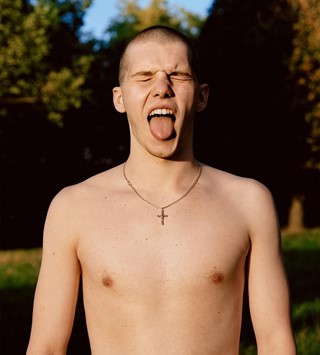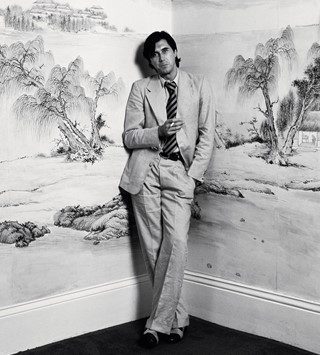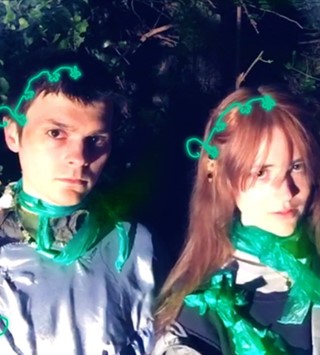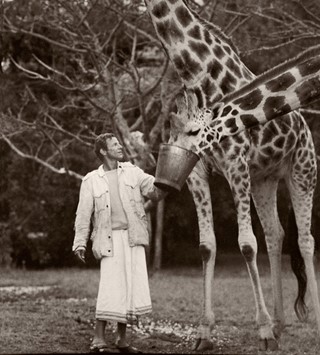As a blockbuster exhibition of his work opens at Tate Britain, Bobby Gillespie, Genesis P-Orridge, Jack Barnett, and Sébastien Meunier tell us how the Romantic artist inspires them
- TextAnother Man
Yesterday, Tate Britain threw open the doors to the largest survey of work by William Blake in the UK for a generation. Featuring over 300 works, the exhibition pays tribute to one of the most iconic figures in British art, whose visionary paintings, prints and poems have gone on to inspire artists, musicians, writers and performers right up to the present day. Here, speaking to Another Man, four such people – Primal Scream’s Bobby Gillespie, Throbbing Gristle’s Genesis P-Orridge, These New Puritans’ Jack Barnett, and Ann Demeulemeester’s creative director Sébastien Meunier – tell us how the Romantic artist inspires them.
Bobby Gillespie
“I need to learn more about William Blake. I know he was a visionary Romantic poet, I am familiar with some of his poems; Auguries of Innocence being my favourite.
I know he had a revolutionary political consciousness and was inspired by the events of 1789 in France... and that he hung out with 18th-century radicals such as Thomas Paine who wrote Rights of Man and proto-feminist Mary Wollstonecraft who wrote A Vindication of the Rights of Woman, incorporating many of their ideas into poems.
I know that he fashioned some of his poetry in the rhythms of popular street ballads, drinking songs, lullabies and psalms of the day using language that the common man would understand.
I know that he possessed a psychedelic mind, using unique symbolism and hallucinatory imagery to express his utopian and mystical visions in works that were too extreme for some of his peers who thought he was insane.
I know he believed that ‘everything that lives is holy’.
I know he earned a living as a craftsman printer and was a trained engraver and made paintings to illustrate his poems.
I know he was outraged by social injustice.
I know he railed against the church and state and challenged conventional ideas of education and sexual morality.
I know he was an enlightened motherfucker and I want to know some more so I can’t wait to attend the William Blake exhibition at Tate Britain this autumn.”
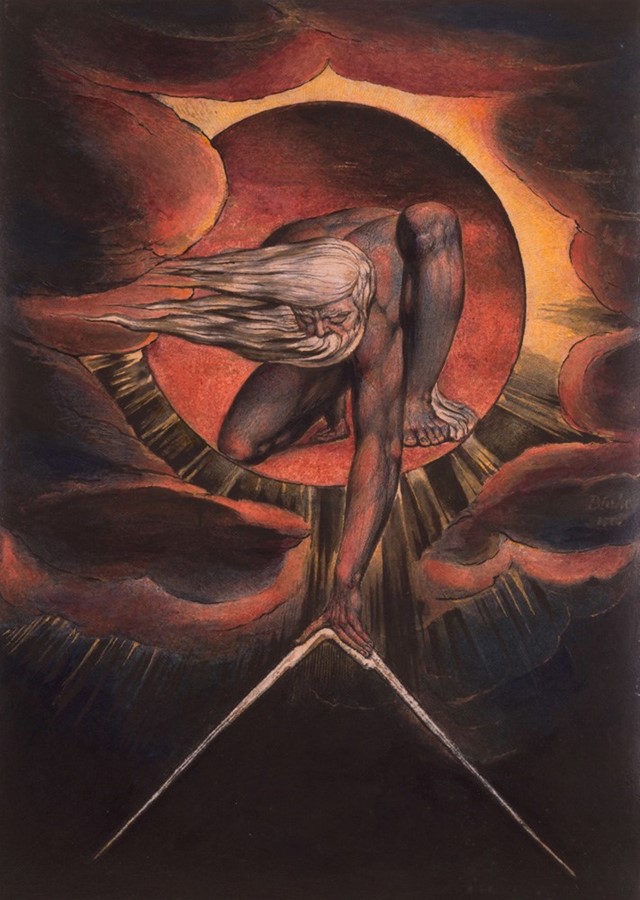
Genesis P-Orridge
“We believe all creativity, all forms of art, should be transcendental. For me the only art that deserves that name has to be about saving the human species and triggering an evolutionary mutation in our collective consciousness. Nothing less than messianic will do. William Blake is a visionary who fills every requirement of true art, amplifying the highest potential imaginable, not just in himself and his time and spaceless works, but in his unique ability to nurture salvation in each being who confronts his creations.”
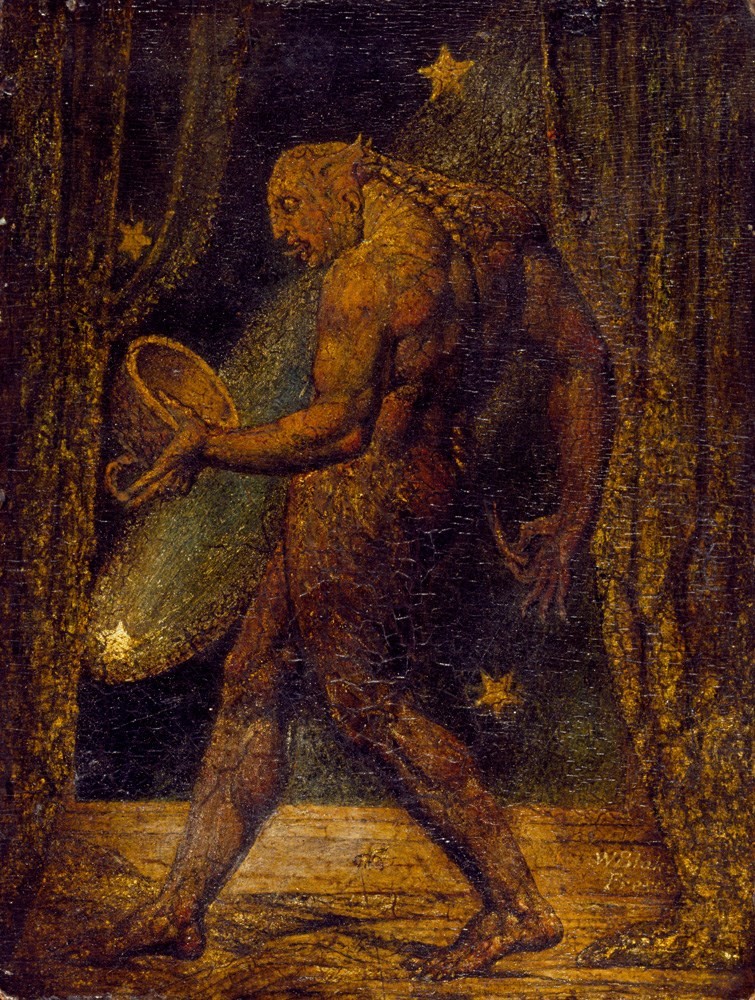
Jack Barnett
“I love Blake’s simultaneous incision and enigma. He projects the sacred and profane with equal intensity and sharpness. As much as his work, I love his character: his passionate contempt for the ‘mind-forged manacles’ and idiocies of his age (an age which retaliated by dismissing him at best as an eccentric curiosity – the ‘cockney prophet’ – and more often simply as ‘mad’) and his visionary desire for liberations of all kinds (be they mental, political, sexual; ‘the road of excess leads to the palace of wisdom’).
For a glimpse of this character, I’d recommend his letter to a critical patron, one Dr Trusler, in which he states, more than pointedly: ‘that which can be made explicit to the idiot is not worth my care’. He was compelled to follow his vision, every day of his life, for he knew that ‘this world is a world of imagination and vision’; ‘the imagination is not a state: it is the human existence itself’.”
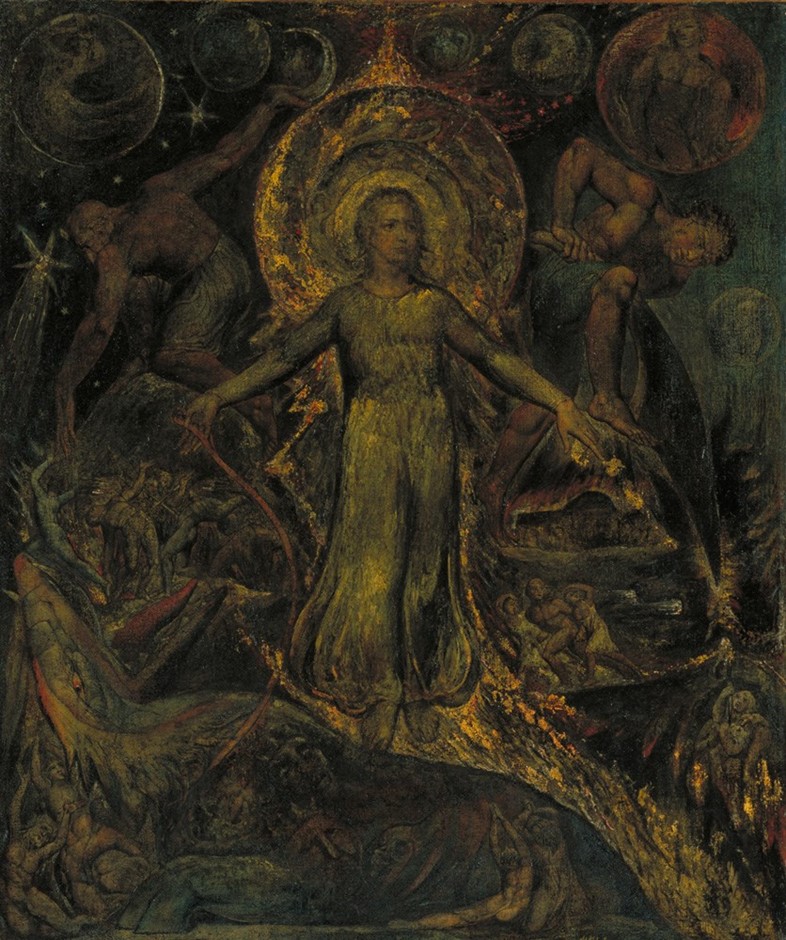
Sébastien Meunier
“It was Ann Demeulemeester who first introduced me to the work of William Blake. I had just started to work with her and was about to design my first collection. She simply put a book of his into my hands and that was my only brief! It was quite an initiatory journey to step into both Blake’s cryptic universe and her own creative universe. There might have been for sure some hidden message, but since then both are utterly linked in my mind. I kept reading, collecting, looking for Blake’s work in the following years, until I felt ready to design another collection inspired by him for fall 2018. That was definitively my Songs of Innocence and my Songs of Experience.”
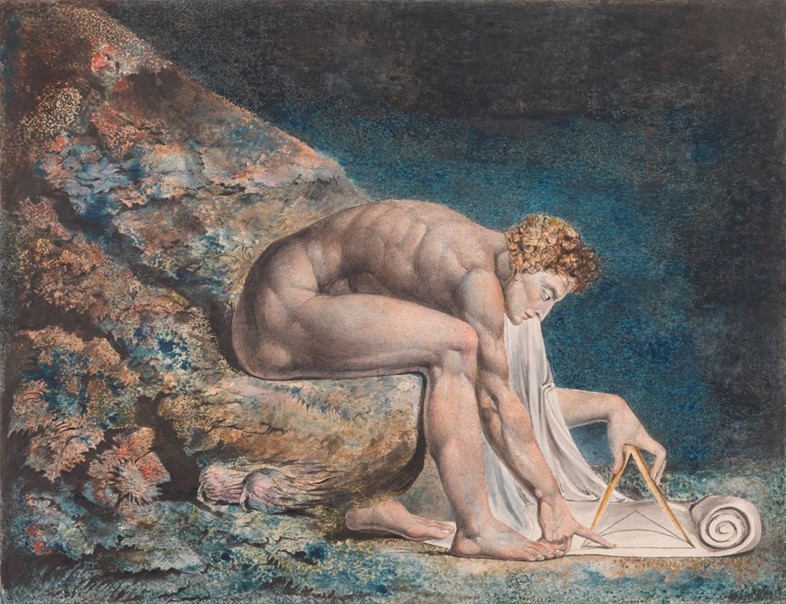
William Blake is at Tate Britain until February 2, 2020.
